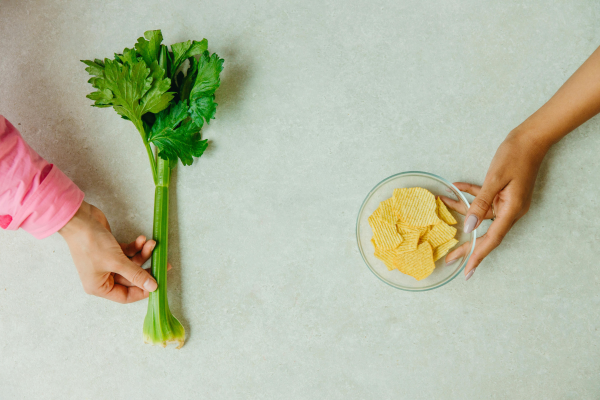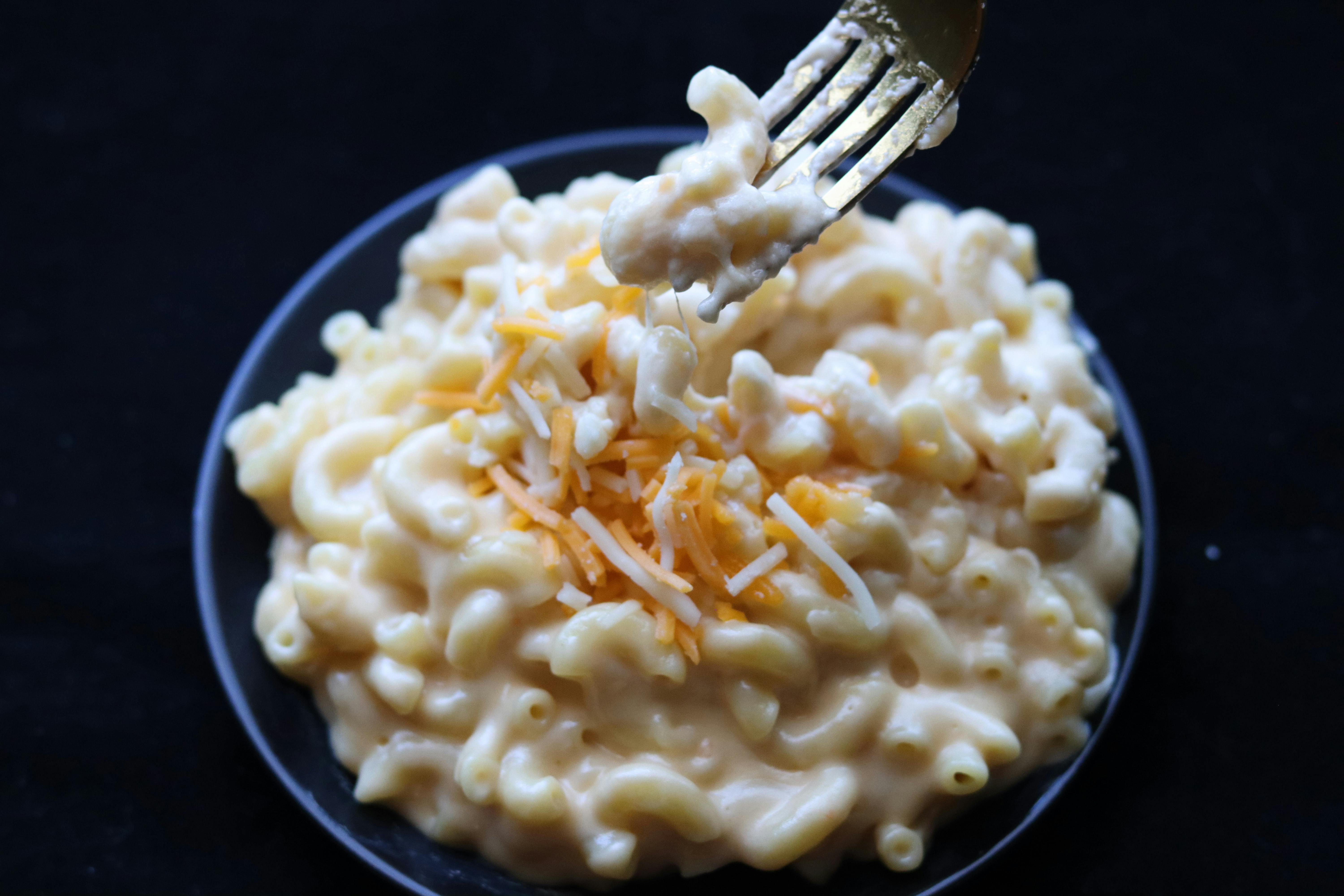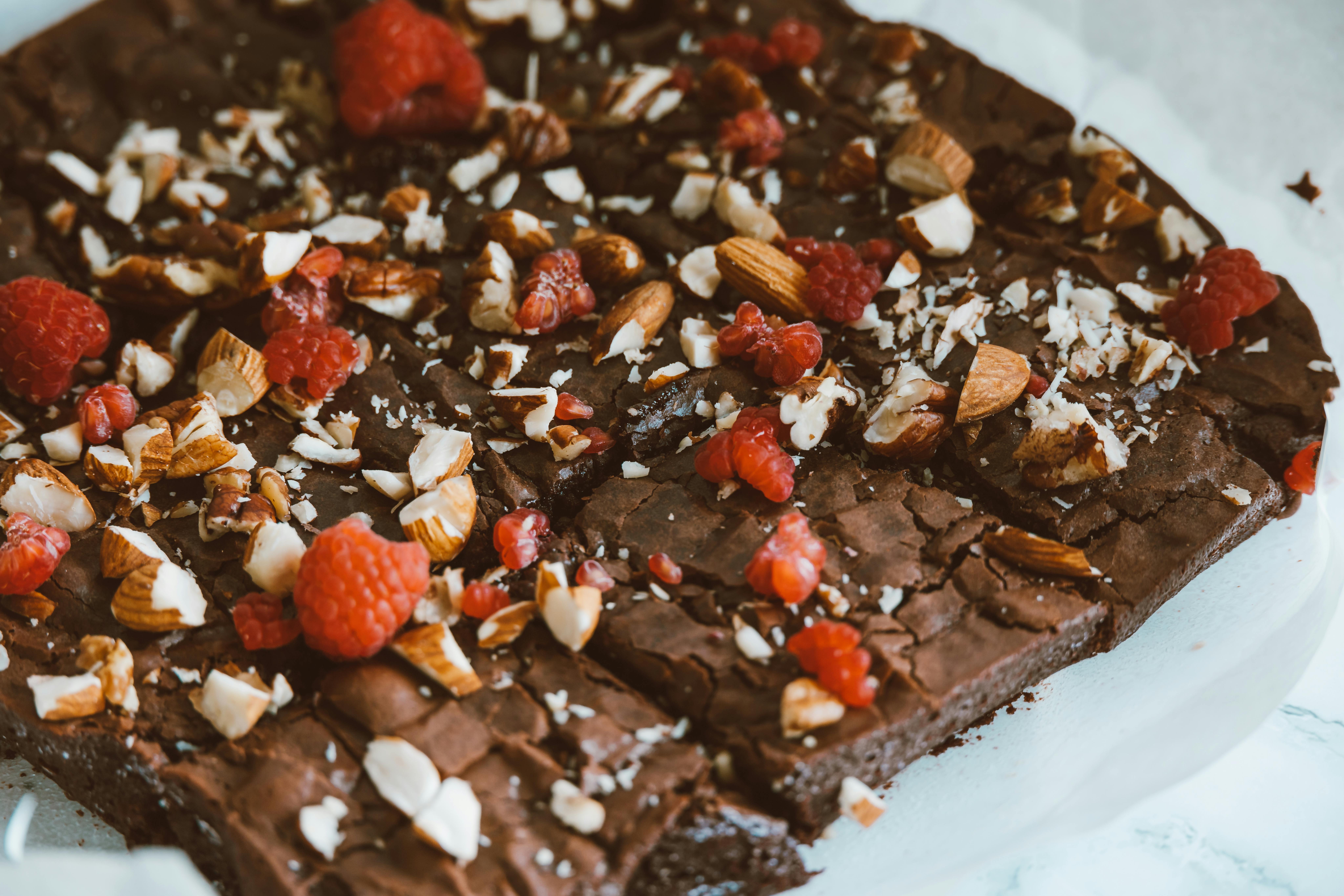
Healthy Substitutions In Cooking And Baking
August 26, 2025 - Mallori Adragna
Introduction
Sometimes in cooking and especially in baking the delicious foods we make can pack a lot of calories. While there is room for delicious, higher calorie foods in a healthy diet, it is best to practice moderation. However, if you still want to make a delectable dessert or soothing comfort foods, making healthy ingredient swaps allows you to eat them more often with less calories and concern. This article will discuss healthier swaps in both cooking and baking with ingredients that reduce calories, increase nutrients, and are beneficial to overall health.
As a word of advice, start small with swaps. Choose ingredients you know you like, then try new ingredients on their own before adding them to recipes. With families, it is important to try new ingredients before adding them to recipes to be sure your family likes them. However, once most of these ingredients are mixed in, it’s hard to tell they are even there!
Cooking
Healthier swaps (or additions) in cooking can increase whole grains, essential micronutrients like fiber, calcium and omega-3s which are important for a healthy diet. These swaps also follow the Dietary Guidelines for Americans by increasing nutrients that are usually insufficiently consumed. Any meal can be made healthier by adding fresh fruits or vegetables, choosing whole grain carbohydrate sources and lean or plant-based proteins.
Examples
- Greek yogurt for mayonnaise in cold salads or sour cream in Mexican cuisine
- Low-fat cottage cheese for high-fat cheese in dips or heavy cream in pasta sauces
- Low fat or fat-free for full fat milk
- Use lean protein (chicken breast, turkey, extra lean ground beef) over high fat options and consume fish at least once per week
- Choose plant-based proteins (tofu, beans, edamame, chickpeas)
- Whole-grain, high fiber options like quinoa, brown rice, whole wheat pasta, and oatmeal over refined grains such as white bread, white rice, regular pasta
These Substitutes Add:
- More protein
- Less fat
- Higher in micronutrients like B-vitamins, iron, calcium, etc.
- Healthy fats like omega-3s
- Whole grains
- Fiber

Recipe Example: Mac n’ Cheese
|
Regular Mac N’ Cheese Recipe |
Healthier Recipe Swaps |
|
Regular elbow noodles |
Whole wheat noodles |
|
Butter |
Butter |
|
Whole milk |
Non-fat milk & chicken broth |
|
All-purpose flour |
All-purpose flour |
|
8 ounces full fat cheese |
8 ounces low-fat cheese |
|
Full fat sour cream |
Addition of onion and spinach |
|
Seasonings |
Seasonings |
Baking
Baking can provide comfort to many people; the aromas of baked cookies or bread elicit calmness and the feelings of home. Sadly, these treats often contain a high amount of sugar and fat, while offering little to no fiber. But with some simple and easy swaps, you can boost your fruit and vegetable intake while also increasing necessary nutrients in these baked goods without compromising on flavor! (Click here and here for some additional guidance from registered dietitians).
Examples
- Unsweetened applesauce for oil or butter in muffins or breads
- Mashed bananas for oil, eggs, or some of the sugar (the riper the banana the more sweetness it adds).
- Egg whites, flax seed, or chia seeds for a whole egg
- Low fat or fat-free milk for full fat
- Whole grain, oat, or almond flour for all-purpose (recipe may need to be adjusted)
These Substitutes Add:
- Applesauce adds potassium, phosphorus, and vitamin A while decreasing fat content.
- Bananas add potassium, magnesium, and calcium while decreasing the fat content and added sugars.
- Egg whites as protein with less cholesterol and fat. Flax and chia seeds add healthy fats (omega-3s) and fiber.
- Lower fat and fat-free milk reduces the amount of fat without compromising on protein, calcium, Vitamin D and A.
- Whole grain and oat flour add fiber, whole grains, vitamins and minerals. Almond flour adds protein and healthy fats. Oat and almond flours are also naturally gluten-free, and if it they are not cross-contaminated, can be used in gluten-free baking. Click here and here for more information on flour substitutes and how to use them.

Recipe Example: Brownies
|
Regular Brownie Recipe |
Healthier Recipe Swaps |
|
Butter |
Unsweetened applesauce or Greek yogurt |
|
Unsweetened cocoa powder |
Unsweetened cocoa powder |
|
Vanilla extract |
Vanilla extract |
|
Brown sugar |
Pure maple syrup, mashed bananas |
|
Eggs |
Egg whites or flax seed “eggs” |
|
All-purpose flour |
Whole wheat, oat, or almond flour |
|
Milk chocolate chips |
Dark (70%) chocolate chips |
|
|
Addition of nuts, fruit, shredded zucchini, or blended black beans |
Conclusion
Cooking and baking offer a great opportunity to relieve stress, bring families together, and honor one’s culture, but sometimes these foods are packed with calories while offering little nutrient-density. However, with simple and easy swaps, these recipes can pack a greater nutrient punch and help you increase your fruit, vegetable, fiber, and important nutrient intake so you can live a healthier life.
Resources:
- https://www.heart.org/en/healthy-living/healthy-eating/cooking-skills/cooking/smart-substitutions-to-eat-healthy
- https://www.massgeneralbrigham.org/en/about/newsroom/articles/simple-substitutes-for-healthy-eating
- https://health.clevelandclinic.org/simple-recipe-swaps-to-save-your-tried-and-true-favorites
- https://www.eatright.org/food/food-preparation/cooking-tips/healthy-baking-alternatives
- https://extension.umd.edu/resource/recipe-swaps-common-substitutions-making-recipes-healthier-fs-1174/



 Print
Print Email
Email




